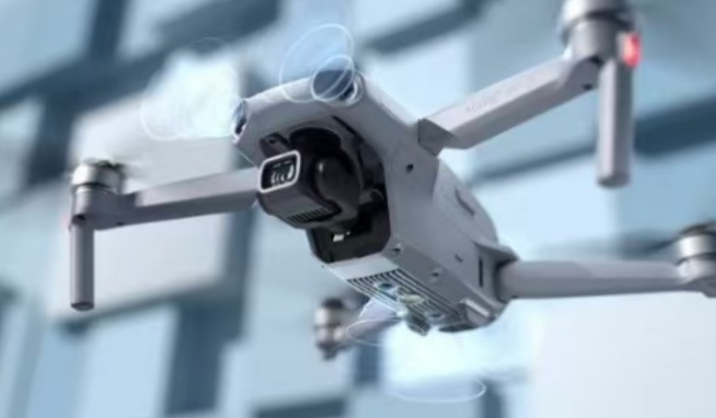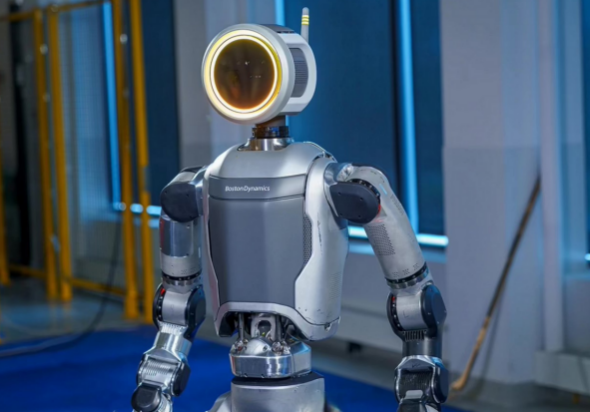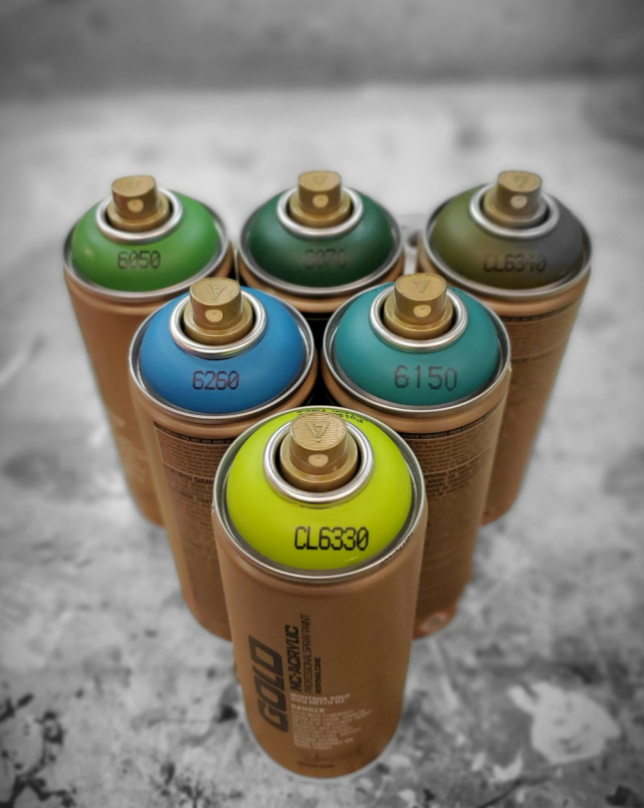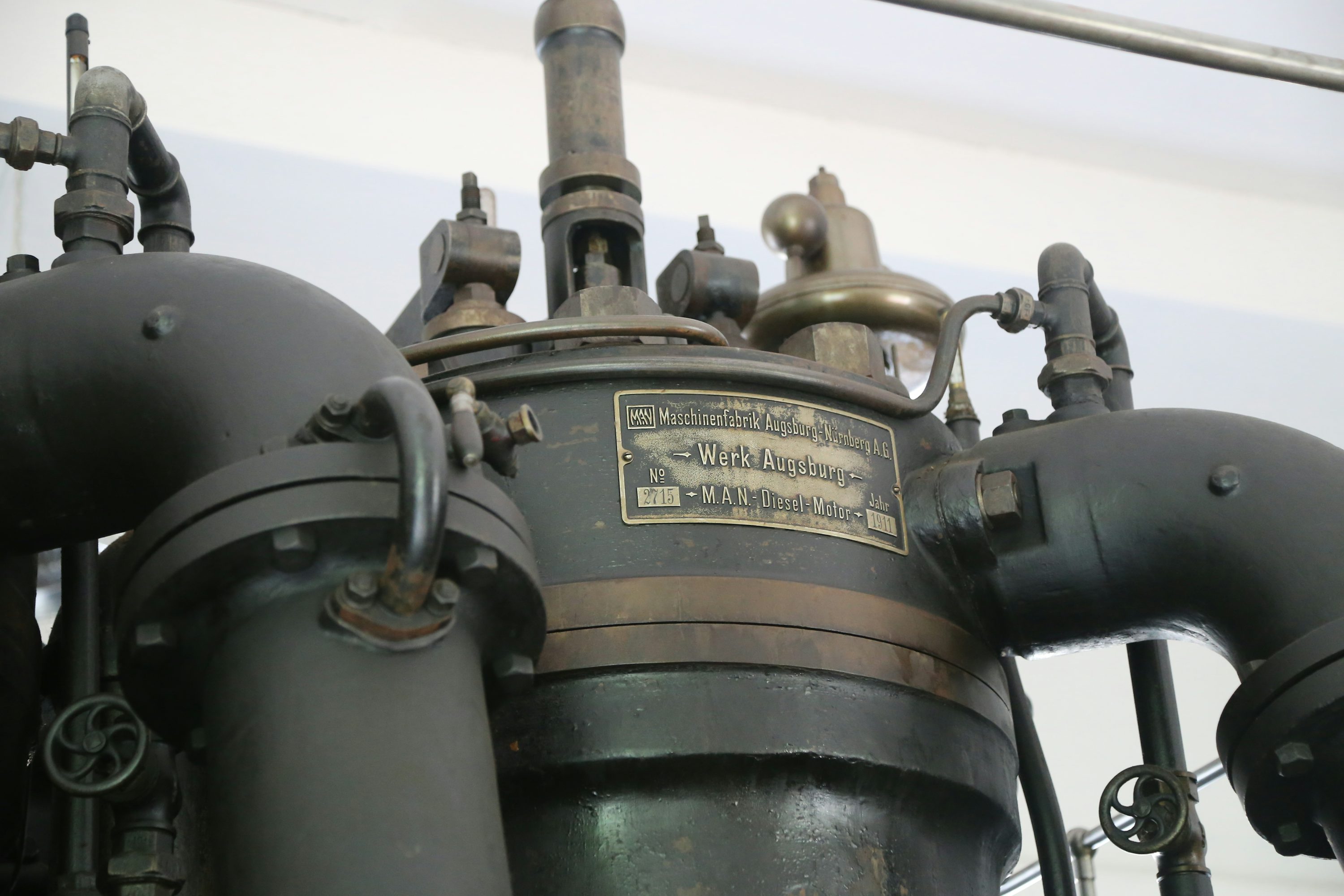3D Printing: Putting "Bone Temperature" on Medical Implants
In the vast territory of medical care, 3D printing is quietly setting off a profound change, especially in the field of implants. It is like a wonderful magician, giving cold metal and hard plastic the temperature and soul of life.
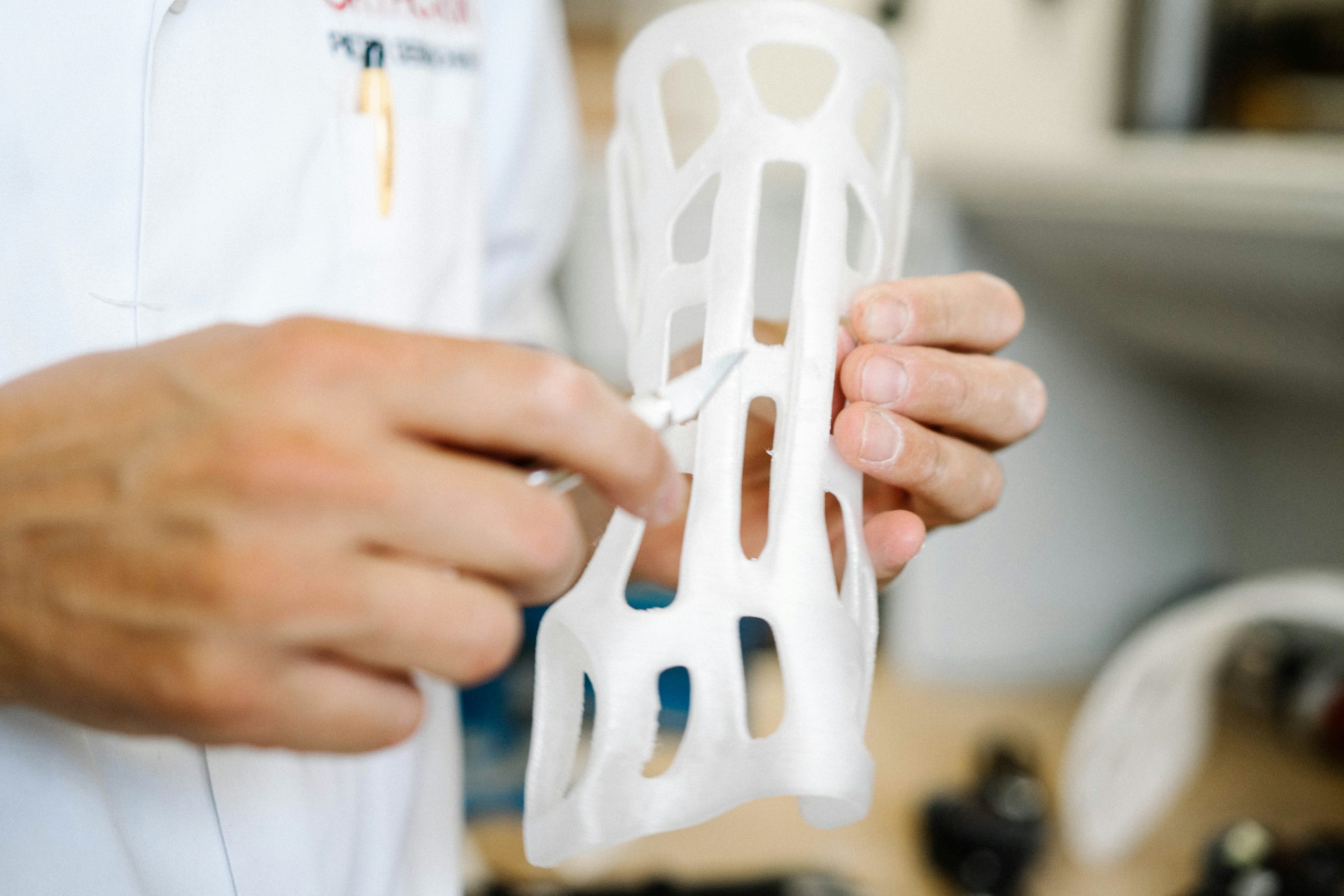
Imagine a car accident survivor, whose skull was fragmented in the accident, and it is difficult for traditional medical methods to accurately reshape its original shape and function. At this time, 3D printing appeared. According to the CT scan data of the patient's skull, doctors construct a three-dimensional digital model, which accurately maps every tiny bump of the skull. The 3D printer meticulously "draws" layer by layer, using materials with excellent bio-compatibility, and finally creating a skull implant that perfectly fits the contour of the patient's head. This is not just a prosthesis, it is a remolder of life, regaining a complete self-image for patients, so that they can face themselves in the mirror calmly, integrate into the noisy crowd again and embrace the sunshine.
Looking at the field of joint replacement, in the past, joint prostheses, such as standardized parts, were difficult to fit each patient's unique bone structure. 3D printing has broken through this shackles. Taking the knee joint as an example, engineers and doctors work together to customize the exclusive knee joint by using 3D printing technology according to the anatomical shape of the patient's leg bones. It can accurately match the connection angle and length of bones, and also simulate almost the same texture and mechanical properties as real bones. When implanted in the patient's body, it seems to have grown there, reducing postoperative complications such as looseness and wear, so that the patient can regain his flexible walking ability, whether walking in the park path or playing with his grandchildren in the garden, there is no obstacle.
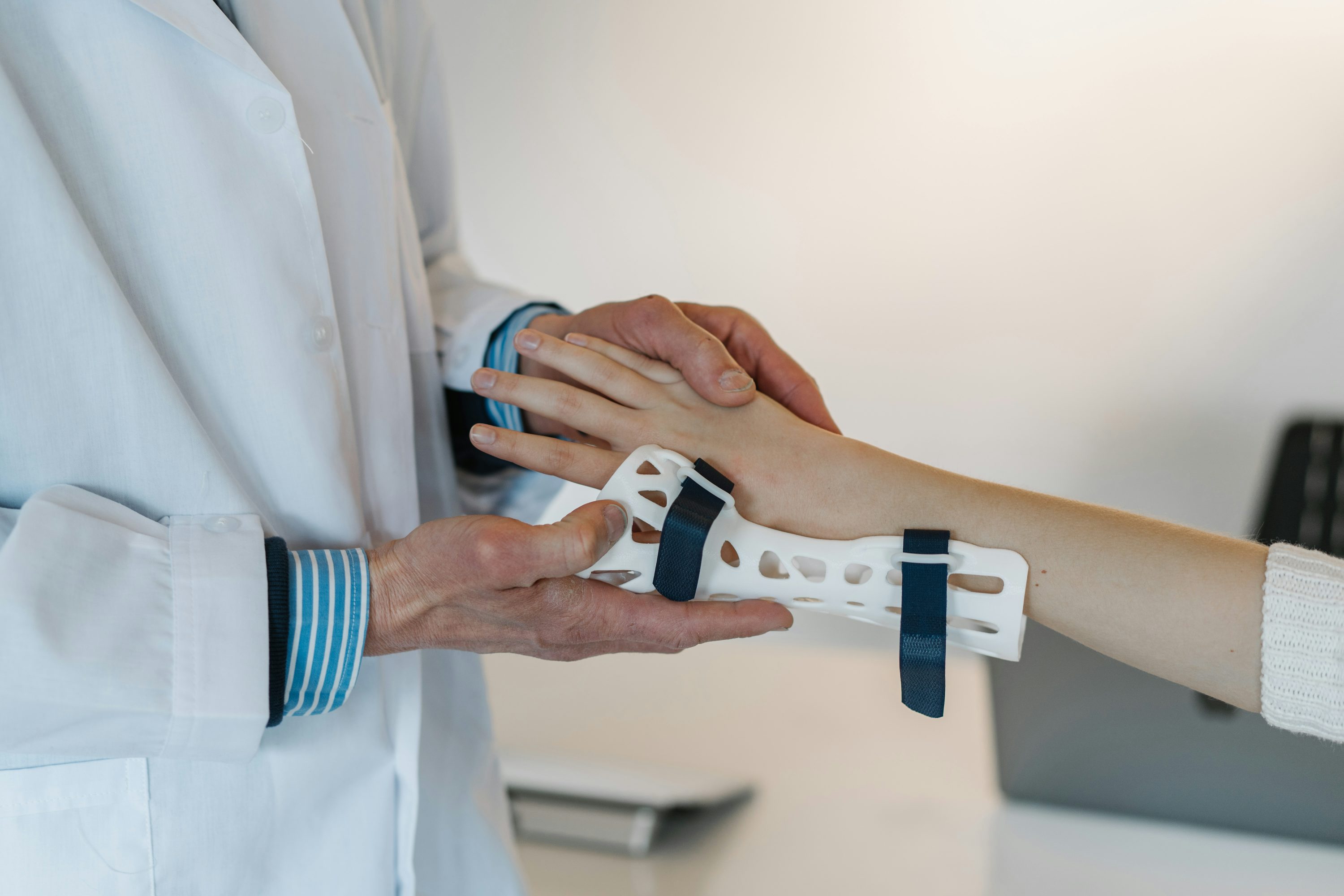
What is even more amazing is that 3D printing technology is helping to manufacture tissue implants containing human living cells. In the precise environment of the laboratory, the bioprinter uses cells as "ink" and stacks and weaves cells layer by layer according to the preset organizational structure. These cells communicate and grow continuously in the printing process, and gradually form functional tissues, such as blood vessels and cartilage. In the future, perhaps we can print out complete organs for patients with organ failure, which will be another miracle in the history of medicine, and countless people wandering on the edge of life and death will rekindle their hopes.

From skulls to joints, from metals to living cells, the breakthrough of 3D printing in the field of medical implants is like stars shining. It combines cutting-edge technology and medical wisdom to tailor the repair and rebirth plan for patients. Every print is delicately outlined on the picture scroll of life; Every implantation is bravely regaining vitality in the shadow of death. In the future, with the advancement of technology, 3D printing will surely shine more brightly in the medical world and write a new chapter for human health and well-being.
(Writer:Tommy)

